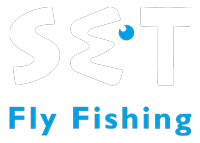Home of the Largest Golden Dorado
the Parana River
Beginning its life in southern Brazil, the mighty Parana River flows south through Paraguay and Argentina for over 3000 miles. It is the second largest river system in South America (yielding only to the Amazon in reach), fourth longest in the world, and the number one biomass producing river on earth. Most of that biomass comes from the central and lower portions of the river that envelope huge flood plains for a good part of the year.
The central floodplains provide the ideal ecosystem for untold numbers of plants, fish, and amphibious creatures to multiply, as it transforms during the flood cycles into a protected nursery for predator and prey fish species alike. One species in particular, the Sabalo, which is the only one capable of filtering nutrients from the silt and mud river bottom, is the keystone for the survival of other predatory fish.
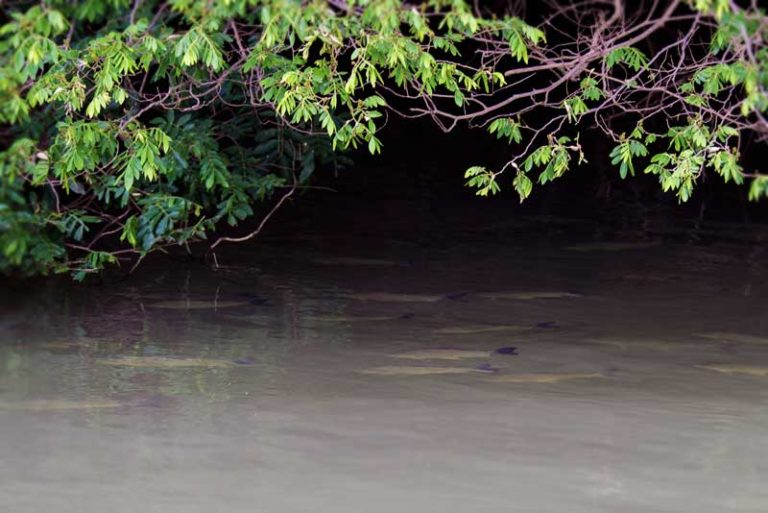
As the Parana flows through Brazil, its waters are interceded repeatedly by a series of dams that negatively affect the natural balance of the ecosystems over the first 900 miles of river. These successive dams have a dramatic impact on the Golden Dorado population, as well as other migratory species, during the times of year when they move north along the river to reproduce.
Once the river reaches Argentina, it faces only one more obstacle, the Yacyretá Dam. This reservoir is relatively new, having been completed in 1994, and reached its maximum level in 2009. Beyond this dam the river runs freely for another 750 miles before connecting with the La Plata River, and the volume of water that eventually flows into the Atlantic Ocean is roughly equivalent to that of the Mississippi River delta.
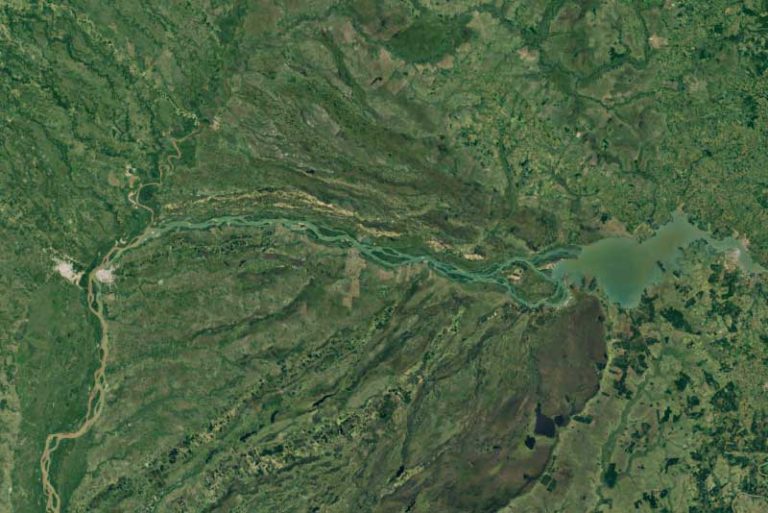
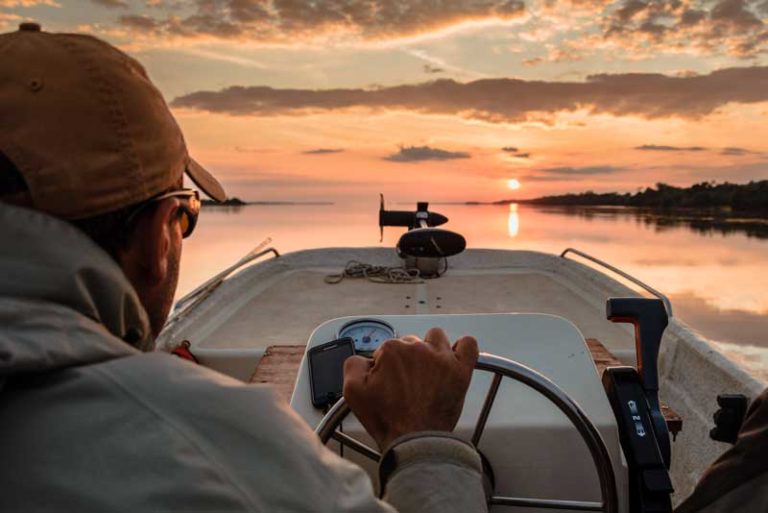
What is known as the Upper Parana River, starts below the Yacyretá Dam and flows in an east to west direction until it connects with the Paraguay River. This is a highly distinctive section of the river that runs in a narrow strip through and around densely covered jungle and islands inhabited by monkeys, toucans, and wildlife typical of jungle ecosystems.
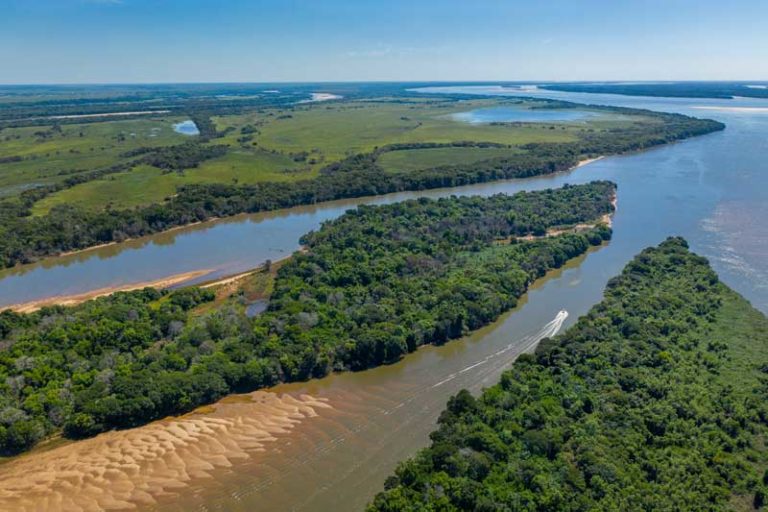
There are numerous effects the dams have on the river, including on the water clarity in the river below, which turns out to be very beneficial for fly fishermen chasing the largest of the Golden Dorado that this section of the Upper Parana holds. The clear, stable water conditions are precisely the reason why we chose this region as the home for our Itati Lodge.
To date, we have only covered the waters that drain into the Parana system from southeast Brazil, but another large part of the basin is fed from south central Brazil, starting its journey at the largest wetland in the world, El Pantanal. Draining into the Paraguay River, this watershed runs 2150 miles to the Atlantic Ocean and is the longest free running water in the world, with no interruptions from dams.
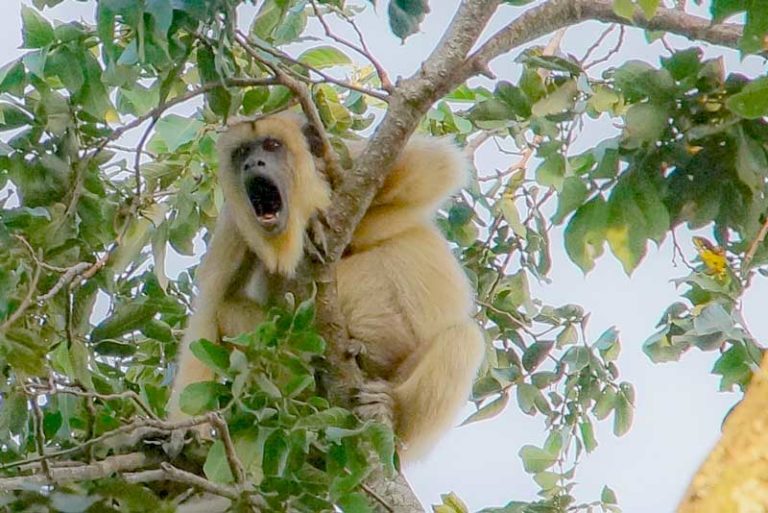
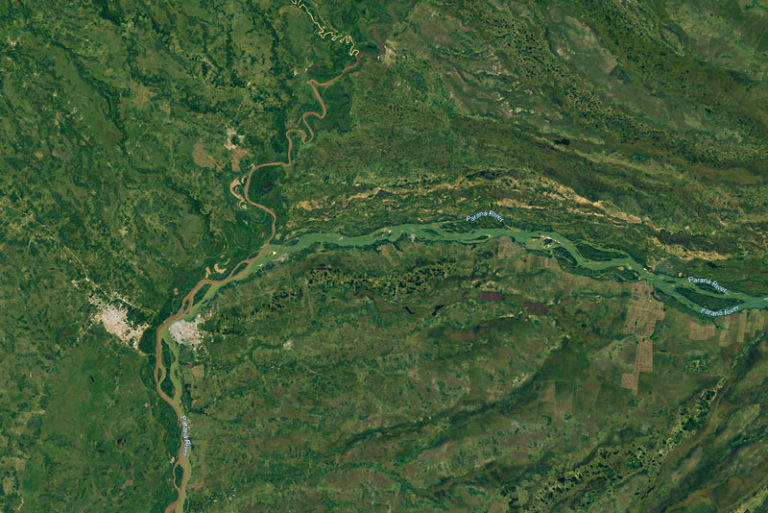
In addition to the Parana River Basin holding the largest wetland in the world, it also contains the second largest, the Iberá Wetlands. The Iberá occupies over 4630 square miles, fully one-third of the Corrientes Province, and drains into the Parana through the Corrientes River. The wetlands were created over 10,000 years ago when the Parana River made a sudden change in direction from southwest to straight west (where the Yacreta Dam now stands) and the abandoned river bottom grew into wetland habitat.
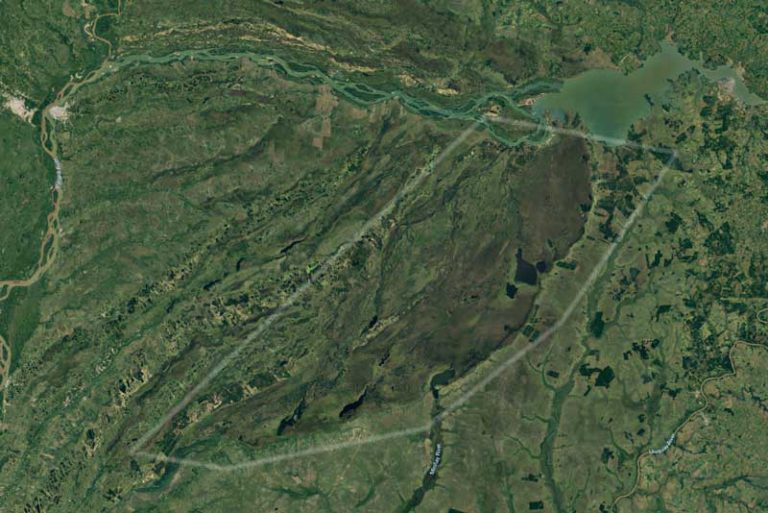
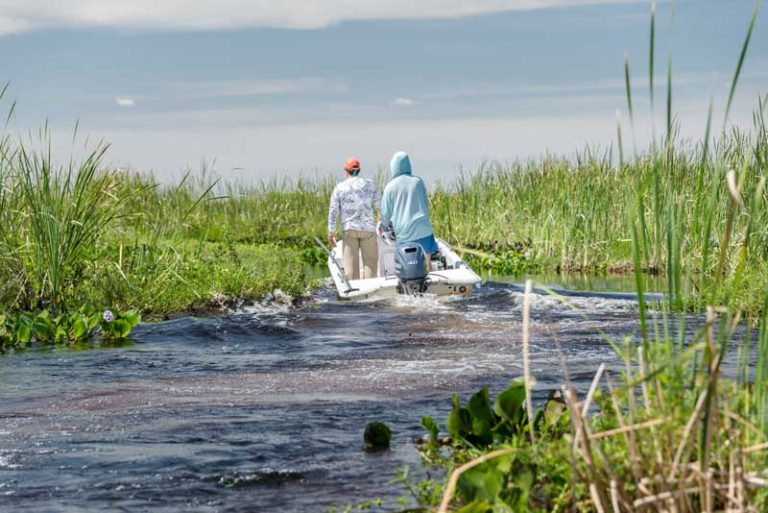
Other golden dorado articles
This question used to be a simple one to answer. Now, with the 3 separate destinations available in the Golden Dorado Experience it’s a bit more complex, but worth studying because of the variety of conditions where you can target…
Golden Dorado 2023 Spring Season Report Hi friends! We are finishing another fabulous spring Dorado season and this time with an extended Golden Dorado Experience, the first one after the inclusion of Jetu'u Cabanas de Esteros to the family of…
Some of you may now; Rachel Finn has been an ambassador and great friend for SET for several years now. She has been hosting groups regularly to all our lodges for golden dorado and trout.Last year we had the opportunity…
Interview with Carlos Caballi Also known as “Carlitos”, he has been a part of The Golden Dorado Experience since the beginning. He has accumulated more hours on the water chasing Dorados than any guide could wish for, and his knowledge…
Golden Dorado 3 Lodges 3 Experiences The Golden Dorado Experience by SET Fly Fishing was recently completed with the addition of a third lodge, Jetu’u Cabañas de Esteros. But given that the lodges are all within a 55-minute flight of…
In Search of Gold Argentina or Bolivia? by Lucas Mora I was lucky to be born and raised near the largest tributary of the La Plata basin, the beautiful Parana River. In my early teens my friends and I started…
“Paisano” from the Ibera Wetlands The Paisanos of the Ibera have survived for many generations in an intimate relationship with the land and waters of this beautiful ecosystem, making their living raising cattle and farming in family groups.In Argentina, the…
What are you doing next Winter?? At SET Fly Fishing we are always planning your next great adventure. From the beginning, we have been a team of passionate anglers and hardcore explorers with a vision - to bring the most…
Big Yellow Toothy Fish! by Theresa “Drox” Rosik and Chuck Geurts After 20+ years of fly-fishing and numerous destination trips, we were ready for our next adventure; “Big Yellow Toothy Fish”—Golden Dorado in Argentina!We booked a trip through an unfamiliar…
Epic Fishing The Pursuit of Golden Dorado The common theme of conversation among guides and fishing friends, often while sitting around a campfire or gathered at a winter Asado, is always about fishing. And when the subject turns to Golden…
It's Official After two years of severe drought and unprecedented conditions across northeastern Argentina, which created some challenges and puzzles to find the best Golden Dorado fishing, water conditions have now recovered. Since October of 2022 the entire Parana River…
Explorations and New Fisheries Scouting keeps us going Presenting jetu'u Cabaña de Esteros Home waters are always special. They are the place you’ve known for a long time, and have come to learn every intimate detail. You’ve spent many hours…
Golden Dorado Surface Patterns Fly fishing for Golden Dorado is an addictive sport. These fish make you work for it, but when you connect, it’s an indescribable experience - even better when they produce explosive strikes over surface patterns! Golden…
Golden Dorado 2022 Spring Season Fishing Report For over twenty years our mission has been to deliver the finest fly fishing experiences in Argentina. Every species we chase presents a unique challenge, and our approach has always been to find…
Rewilding Jaguars return to Ibera For as long as I can remember, I’ve been fascinated by the Ibera Wetlands. My passion for fishing at such an early age fostered that fascination, and ensured it was a place that I would…
Cheech Pierce & Tim Flagler Dorado Fly Tying Session Tying flies specifically for Golden Dorado fishing remains a mystery for the international fly fishing industry. Perhaps it’s a niche market that isn’t fully developed enough for the fly producing companies…
Home of the Largest Golden Dorado the Parana River Beginning its life in southern Brazil, the mighty Parana River flows south through Paraguay and Argentina for over 3000 miles. It is the second largest river system in South America (yielding…
I’ve enjoyed watching these incredible fish as they live, feed, and survive, in various types of fisheries and waterways. But only a few times in all of these years, and only in the farthest reaches of the Upper Parana River, was I lucky enough to witness the unparalleled drama of the Dorado spawning.
The primary prey fish of the Golden Dorado is the Sabalo, a medium sized schooling fish that often weighs between 3 and 5 pounds, which requires a bit of strategy along with opportunity.
These adventures are commonly reviewed as the highlight of the trip and more often we have requests from repeat anglers to do more adventure venues, which has been the motor for us to constantly seek for the next one to find.
